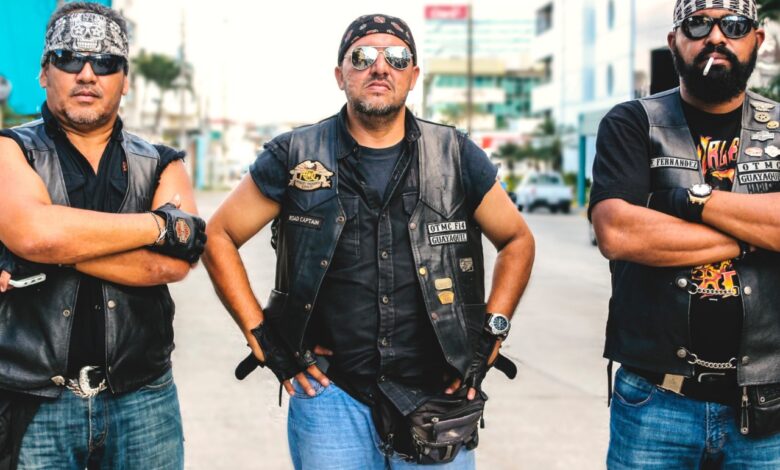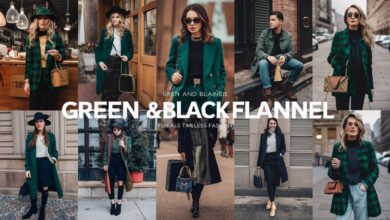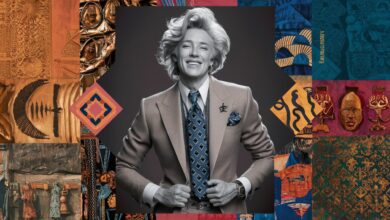The Evolution of Leather Vests: From Function to Fashion

Leather vests have a fascinating history that spans centuries, evolving from functional garments designed for protection and utility to versatile fashion statements embraced by various subcultures and mainstream fashion alike. This article explores the journey of leather vests from their early beginnings to their modern-day incarnations.
Early Beginnings
Leather vests have been an integral part of human clothing for centuries, with their origins tracing back to early civilizations where leather was a primary material for clothing due to its durability and protective qualities. Ancient warriors and hunters wore leather garments, including vests, for protection and warmth. These early leather vests were typically made from the hides of animals hunted for food, and they provided a durable and practical solution for those living in harsh conditions.
In ancient times, leather vests were valued for their ability to offer protection against the elements and minor injuries. They were often worn over other garments to provide an additional layer of defense. The use of leather also symbolized a connection to nature and the animals that were an essential part of early human survival. Leatherworking skills were highly prized, and well-crafted leather garments were a sign of status and skill.
The Middle Ages
During the Middle Ages, leather vests were often part of a soldier’s armor, providing an additional layer of protection. These vests were practical and functional, designed to offer some defense against weapons while allowing freedom of movement. Leather was used in combination with metal armor to create more flexible and lightweight protection for soldiers.
Leather vests in this period were typically worn by knights and soldiers as part of their battle gear. The leather provided a level of comfort and flexibility that metal armor could not, making it easier for warriors to move and fight. Leather vests were often reinforced with metal plates or studs to enhance their protective qualities. In addition to their use in battle, leather vests were also worn by commoners for everyday protection and warmth, reflecting their practicality and versatility.
The American Frontier
In the 19th century, leather vests became synonymous with the American West. Cowboys and frontiersmen wore them for their practicality and durability. These vests often featured fringe and decorative stitching, combining functionality with style. The American frontier was a rugged and demanding environment, and leather vests provided the durability needed to withstand harsh conditions.
Cowboys and frontiersmen relied on leather vests for a variety of practical reasons. The vests offered protection against the elements, such as wind and rain, and they also provided some degree of insulation in cooler weather. The fringe often seen on these vests was not just decorative; it served to wick away rainwater, helping to keep the wearer dry. Decorative stitching and tooling on the vests reflected the craftsmanship and personal style of the wearer, adding an element of individuality to these functional garments.
The image of the cowboy wearing a leather vest has become an enduring symbol of the American West. This period marked a shift in the perception of leather vests from purely practical garments to items that also conveyed a sense of identity and style. The association with rugged individualism and frontier life has cemented the leather vest as a timeless piece of Americana.
The Rise of Motorcycle Culture
The early 20th century saw the rise of motorcycle culture, and leather vests became a symbol of rebellion and camaraderie among bikers. Motorcycle clubs adopted leather vests adorned with patches and emblems, signifying membership and rank. This period marked the beginning of leather vests as a statement of identity and lifestyle.
The post-World War II era was a time of significant change, and the formation of motorcycle clubs provided a sense of community and freedom for many veterans returning from the war. Leather vests were adopted by these clubs for their practicality and durability, as well as their association with toughness and rebellion. The iconic “cut,” or sleeveless leather vest, became a hallmark of motorcycle club attire, often customized with patches that denoted club affiliation, rank, and personal achievements.
The patches and emblems on biker vests are not just decorative; they carry deep meaning and significance within the motorcycle community. Each patch tells a story, representing the wearer’s journey, loyalty, and status within the club. The leather vest became a canvas for self-expression and a symbol of solidarity among bikers.
Hollywood played a significant role in popularizing the image of the leather-clad biker. Movies like “The Wild One” (1953) starring Marlon Brando and “Easy Rider” (1969) starring Peter Fonda and Dennis Hopper helped cement the association between leather vests and the rebellious spirit of motorcycle culture. These films romanticized the freedom and countercultural ethos of biker life, making leather vests an iconic symbol of rebellion and nonconformity.
Modern Fashion
Today, leather vests have transcended their functional origins to become versatile fashion pieces. They are seen on runways, in streetwear, and as part of various subcultures. Designers have reimagined leather vests in countless styles, from sleek and minimalist to embellished and avant-garde.
The versatility of leather vests makes them a popular choice for fashion enthusiasts. They can be dressed up or down, making them suitable for a wide range of occasions. In contemporary fashion, leather vests are often paired with jeans and t-shirts for a casual look, or over dresses and blouses for a more sophisticated ensemble. The adaptability of leather vests allows them to complement a variety of personal styles, from edgy and punk to chic and polished.
High fashion designers have also embraced leather vests, incorporating them into their collections as statement pieces. The use of high-quality leather and innovative design techniques has elevated the leather vest to new heights, making it a staple in luxury fashion. Embellishments such as studs, embroidery, and unique cuts add an element of artistry and individuality to these modern interpretations.
In addition to their presence in mainstream fashion, leather vests continue to hold significance in various subcultures. The punk and goth scenes, for example, have long embraced leather vests as symbols of rebellion and alternative identity. These vests are often heavily customized with patches, pins, and artwork that reflect the wearer’s personal beliefs and affiliations.
The rise of sustainable and ethical fashion has also influenced the leather vest market. Many brands now offer eco-friendly and cruelty-free alternatives, such as faux leather and sustainably sourced materials. These options cater to consumers who want to enjoy the aesthetic and functional benefits of leather vests while adhering to their ethical values.
Conclusion:
The evolution of leather vests from functional garments to fashion statements is a testament to their enduring appeal and versatility. From their early beginnings in ancient civilizations to their role in the American frontier and motorcycle culture, leather vests have continually adapted to meet the needs and preferences of their wearers. Today, they remain a popular and stylish choice, embodying a unique blend of practicality, identity, and fashion. Whether worn for protection, self-expression, or style, leather vests continue to make a lasting impact on the world of fashion.



